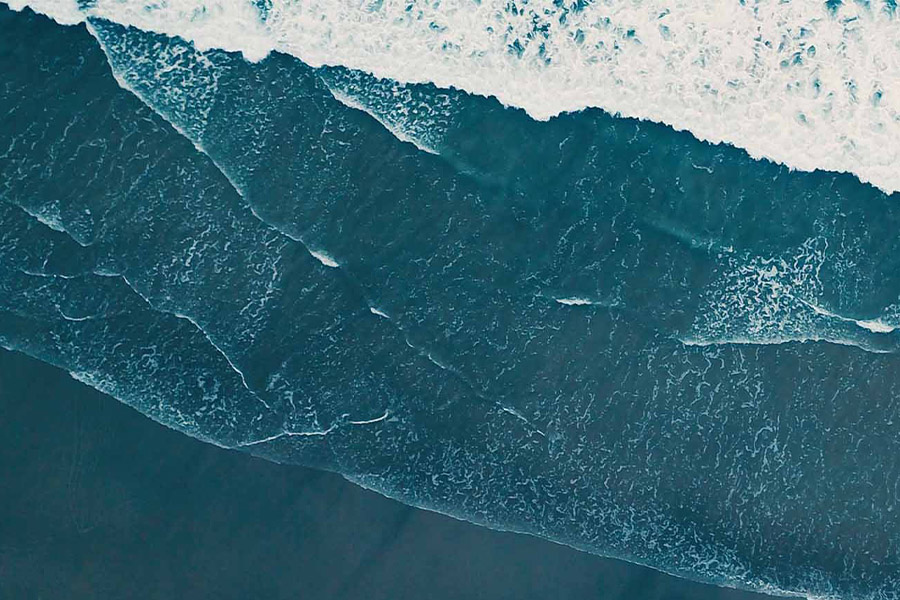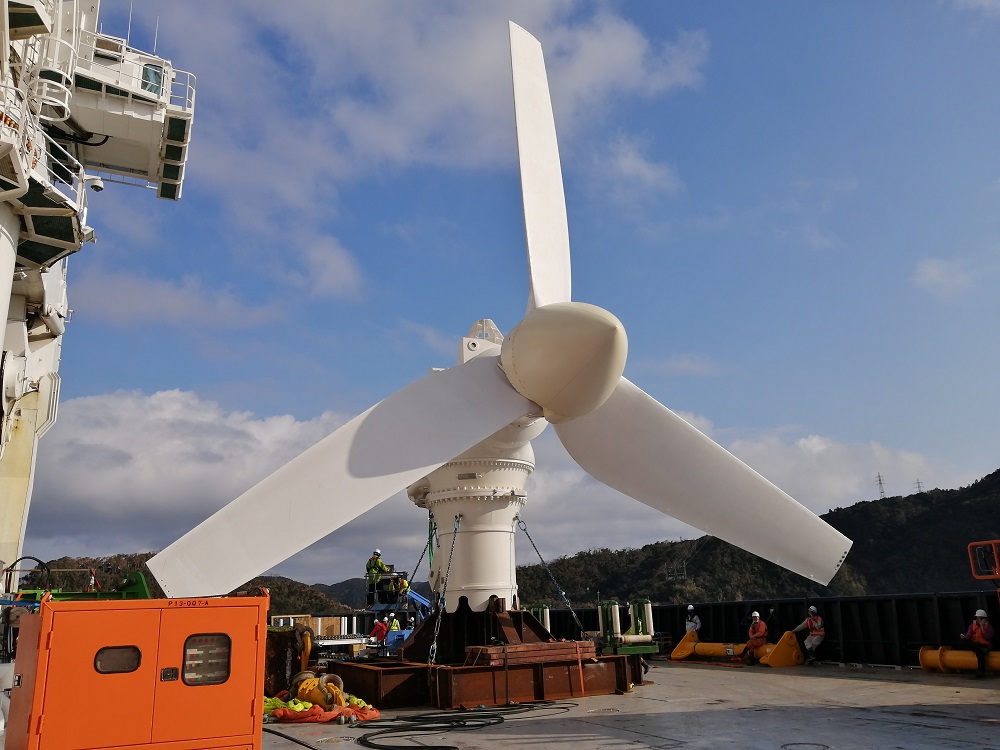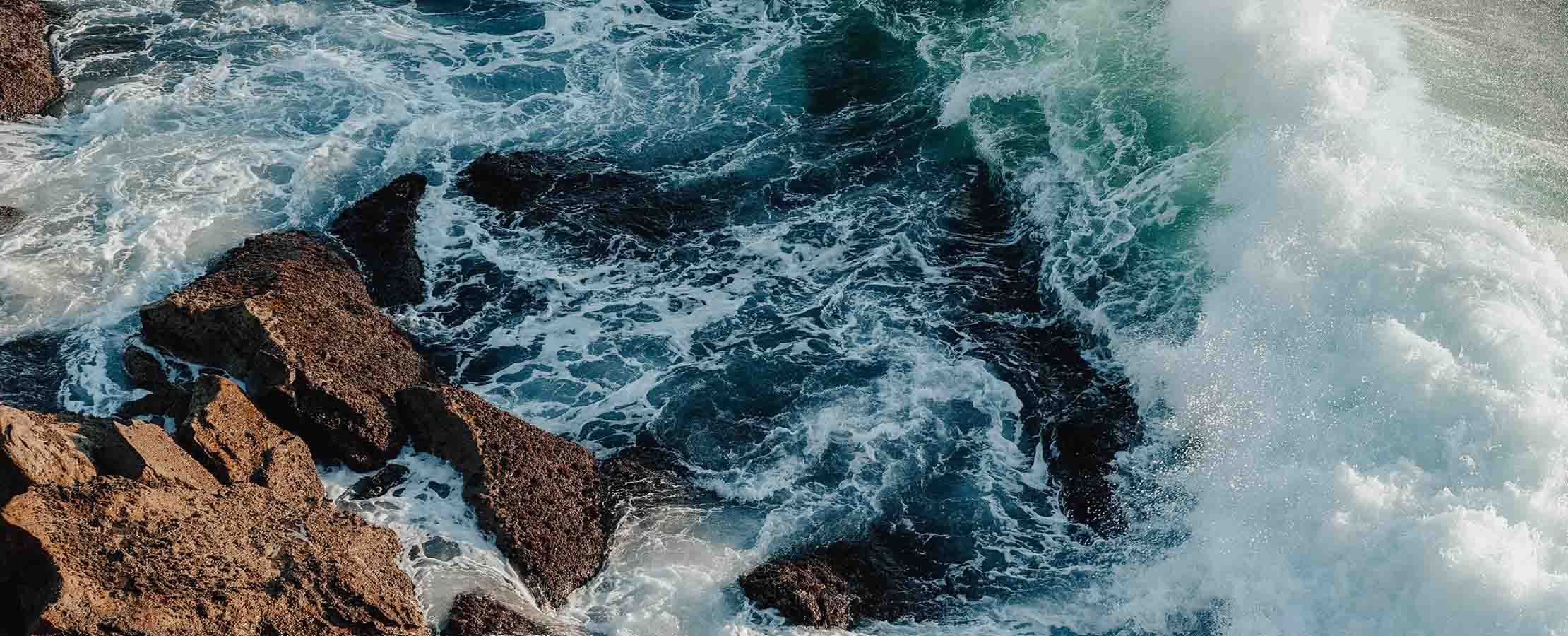Tidal Power is Finally Making Waves
Tidal energy is the kinetic energy that governs the mass movement of water in tides and oceans. When this water turns a turbine to drive a generator, it is transformed into electrical energy.
Earth's tides are a vast natural source of power, and of the world's 3,000GW of tidal power, it is estimated that between 120 and 400GW could be captured. Tides are also regular as the phases of the Moon, meaning tidal power does not have the major drawback of unpredictability associated with wind and solar.
There are three major approaches to tidal power: tidal stream generators, barrages, and lagoons. Tidal stream generators harness ocean currents to drive underwater turbines. Tidal barrages dam rivers or estuaries, blocking receding water during high tide and releasing it during low tide. Tidal lagoons are tidal barrage-like structures that enclose part of a coastline rather than spanning an entire river.
Not all plain sailing
The largest tidal power station in operation is Sihwa Lake Power Station in South Korea, which has 254MW of capacity. There is just one other with comparable capacity: France's 240MW Rance River station, which was the world's first tidal power station. Clearly, tidal power has not been developed at the scale of other renewables and contributes a negligible fraction of energy consumed today.

This is in large part due to the engineering challenges involved; building and maintaining moving machines in corrosive saltwater, often far from mainland bases is complex and costly. Because tidal power has not been demonstrated at scale, it is hard to secure the capital investments required to kickstart projects.
The environmental impacts of tidal barrages, lagoons, and stream generators could be considerable, particularly for large barrages which block marine life and transform the local ecosystem. The Rance River tidal station increased levels of silt in surrounding waters, unexpectedly causing the local extinction of plaice and boosting numbers of cuttlefish. Research efforts are underway, for example at the Northwest National Marine Renewable Energy Center in the US, to improve understanding of the environmental impacts of tidal power.
More than a drop in the ocean
An area's potential for tidal power depends on geographic factors such as latitude and underwater geometry. Nations with favorable sites for tidal power projects include the US, China, France, Russia, India, and the Philippines. In Europe, half of all tidal potential is in the UK (10GW) and 25 percent in Scotland alone (5GW).
According to a recent University of Oxford study, the Pentland Firth is one of the world's best sites for tidal streams and could provide half of Scotland's electricity demand, bringing it close to its target of 100 percent renewables.
It is unsurprising, then, that Scotland is at the heart of efforts to harness tidal power. SIMEC Atlantis Energy's MeyGen, is under construction on the Pentland Firth and already operating four 1.5MW turbines on the seabed. It has received permission to scale up to 398MW of tidal stream capacity; which would make it the world's largest tidal power station. Scotland is also home to the most powerful tidal generator connected to a grid, Orbital Marine Power's 2MW O2 turbine, which is anchored in the Fall of Warness and linked to a local electricity network with a subsea cable.

Is the tide turning?
The pressing need to scale up renewables and decarbonize the energy sector has boosted research and development (R&D) in the field of tidal power. For instance, the European Marine Energy Centre in Scotland supports full-scale testing of prototype tidal power devices.
It is hoped that these efforts could boost efficiency, making tidal power more commercially feasible while also addressing environmental concerns. For instance, Jean-Baptiste Drevet has developed an alternative to submerged turbines: a generator inspired by marine life that reaps energy from undulations under moving fluid pressure. Drevet created Paris-based Eel Energy to commercialize the device, which he hopes could prove a more environmentally friendly option than conventional turbines.
According to the International Energy Agency, electricity generation from marine technologies grew by 13 percent in 2019 - significantly faster than previous years. The agency has urged countries to promote R&D in order to achieve large-scale development, setting a target for annual growth of 23 percent through 2030






